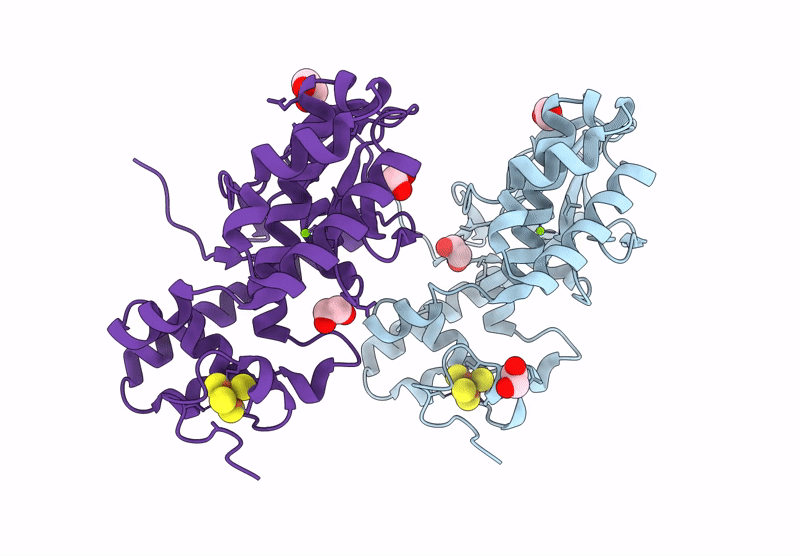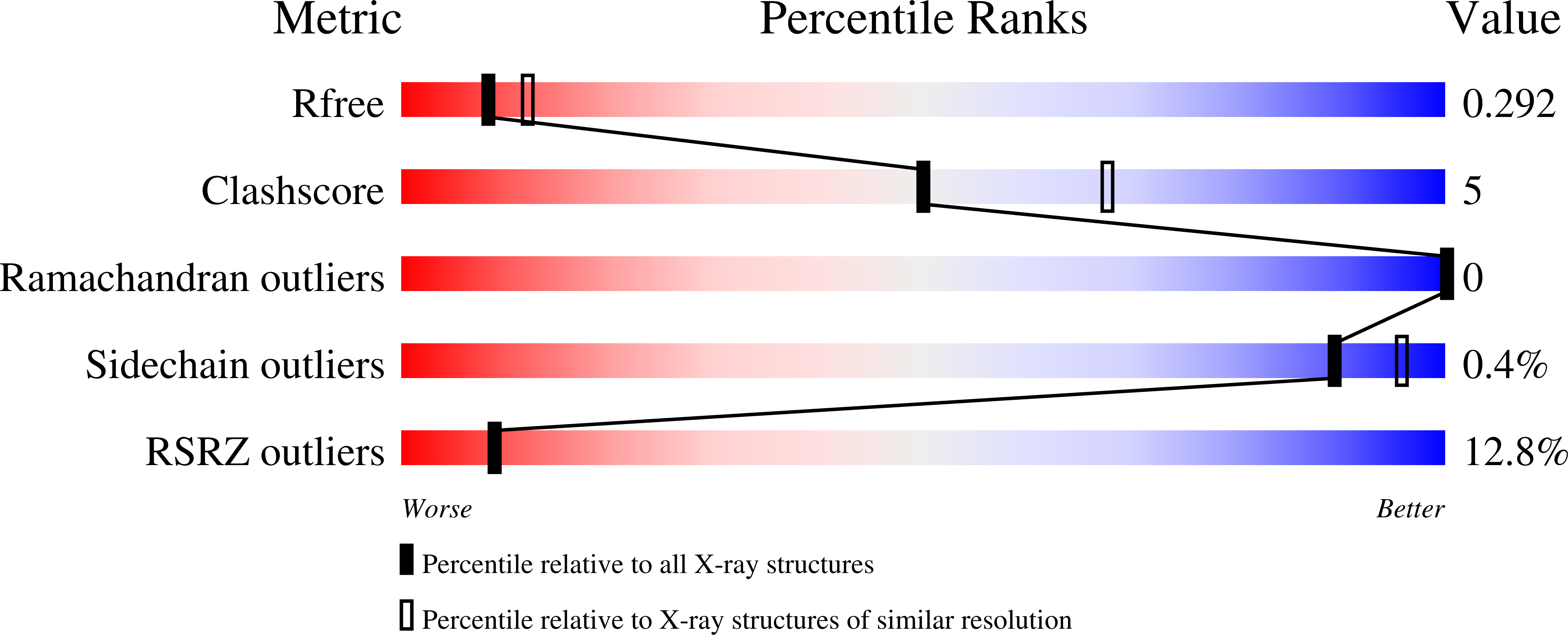
Deposition Date
2025-02-09
Release Date
2025-04-23
Last Version Date
2025-05-28
Entry Detail
PDB ID:
9IAC
Keywords:
Title:
Structure of the Argonaute-associated Cas4 family protein 1 (ACE1) from Microcystis aeruginosa (MaACE1)
Biological Source:
Source Organism:
Microcystis aeruginosa (Taxon ID: 1126)
Host Organism:
Method Details:
Experimental Method:
Resolution:
2.52 Å
R-Value Free:
0.29
R-Value Work:
0.26
R-Value Observed:
0.26
Space Group:
P 21 21 21


